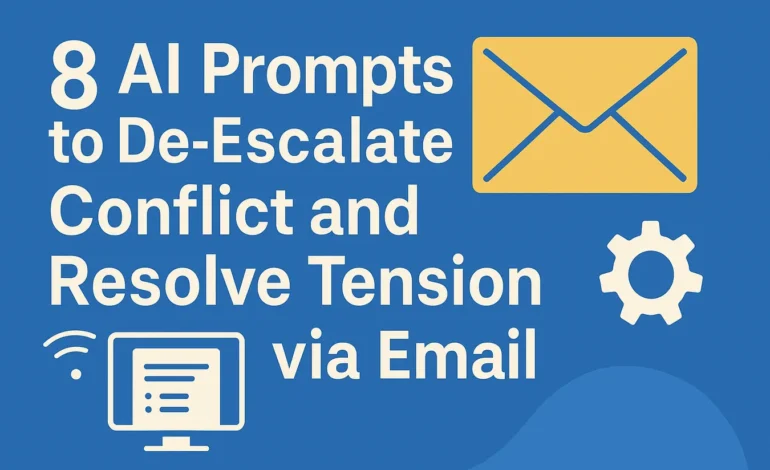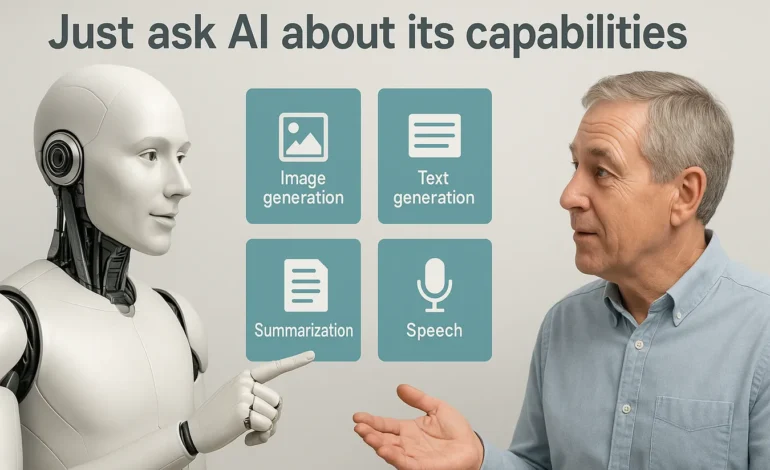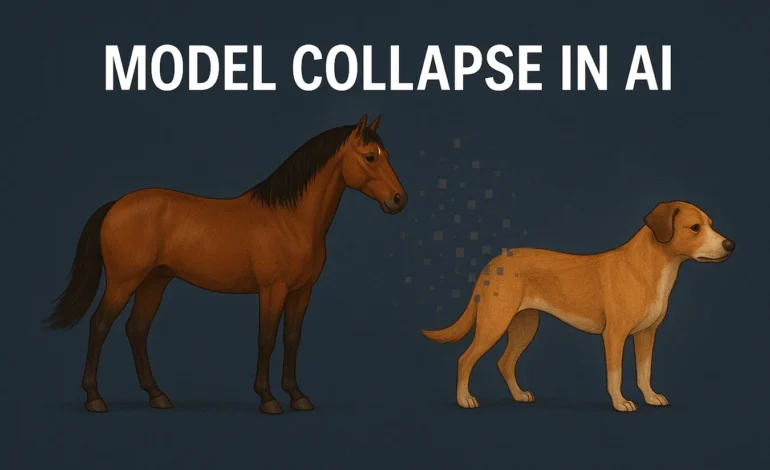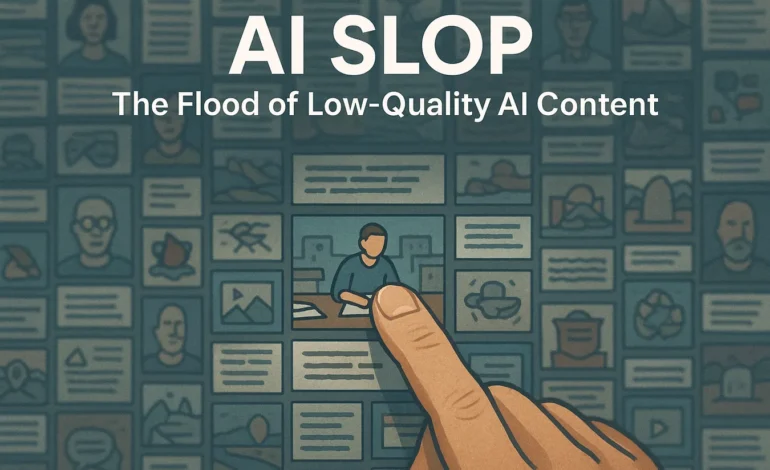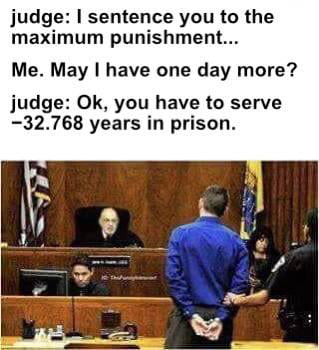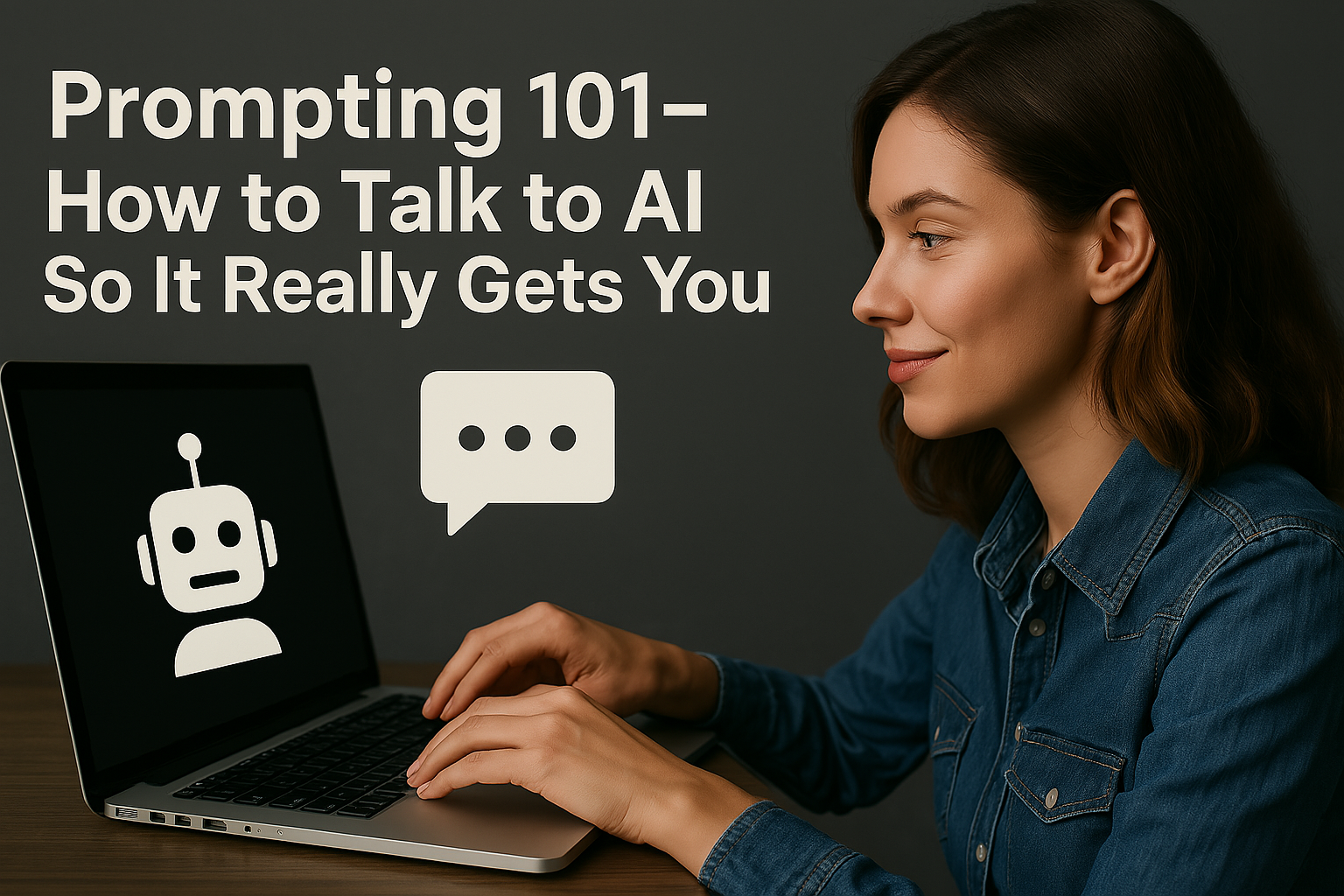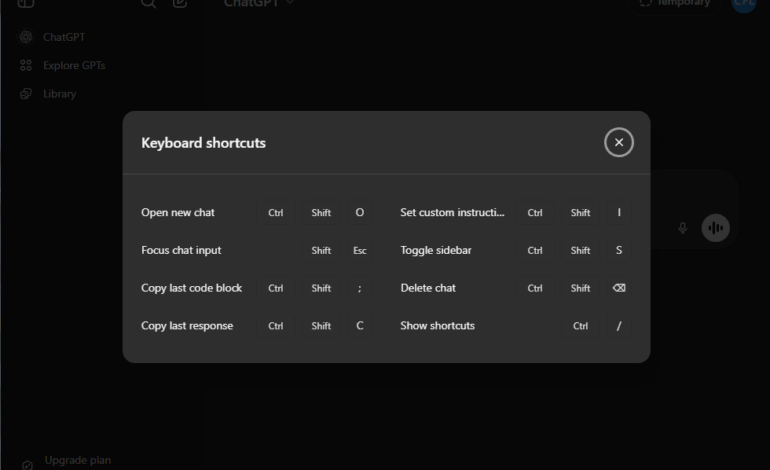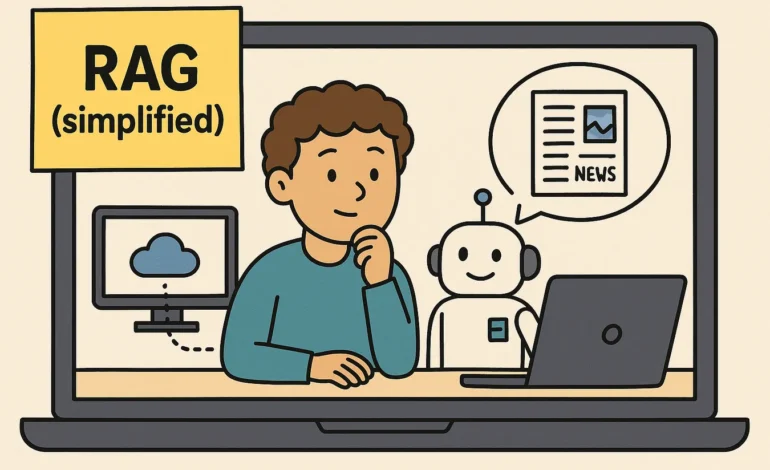
RAG Explained Simply: Why AI Needs a Research Assistant (simplified)
Imagine your favorite AI chatbot is like a very smart, but slightly forgetful, friend. This friend knows a lot because they read the internet a few years ago. But when you ask them about today’s news or a secret family recipe, they sometimes guess or even make up the answer. This is where Retrieval Augmented Generation (RAG) comes in. RAG is the technology that forces the AI to check a reliable source first before giving you an answer, turning it from a forgetful storyteller into a trustworthy researcher.
- Superpower 1: Truth-Checker: RAG makes the AI look up facts in verified books or documents before speaking.
- Superpower 2: Stops ‘Hallucinations’: It greatly reduces the number of times the AI makes up facts (like telling you a story about a person who doesn’t exist).
- Superpower 3: Up-to-Date: The AI can answer questions about things that happened yesterday, not just what was on the internet years ago.
- Superpower 4: Evidence: You can trace the AI’s answer back to the exact source document, like checking footnotes in a paper.
Why RAG Matters: The Forgetful Genius
Today’s big AIs (called LLMs) are brilliant at writing clearly and creatively, but they have two big weaknesses: they sometimes invent facts (called hallucination) and their memory stops at a certain date (called the knowledge cutoff).
Imagine you have a genius student who passed their final exam in 2021. If you ask them about the 2024 Olympic results or your company’s newest product policy, they have to guess because they haven’t read anything since 2021. RAG fixes this by giving the AI a fresh textbook or current news article to read every single time you ask a question. This keeps the AI’s fluent writing style, but grounds its claims in real, current facts.
RAG Methodology: The Simple Two-Step Plan
RAG works just like a student writing an important essay. It’s a simple two-step process that ensures the final answer is based on solid evidence:
When you ask the AI a question (e.g., “What is my company’s vacation policy?”), the RAG system first acts like a fast librarian. It quickly searches a private, trusted library (like your company’s HR handbook or a current document list). It finds the few most relevant sentences about vacation time and pulls them out. The goal is only to find the exact “evidence.”
Step 2: The Essay (Augmented Generation)
The AI then receives two things: your original question AND the few relevant sentences found by the librarian. The AI is given a strict instruction: “Write the answer using ONLY the information in the provided sentences.” If the sentences don’t have the answer, the AI is instructed to say, “I can’t find that information,” instead of making a guess.
Simple Analogy: RAG is like giving a student a five-page history book and then asking them to write a one-paragraph summary. They are forced to rely on the book, not just their memory.
RAG in Your Everyday Life (Simple Examples)
RAG’s ability to provide current and verifiable information is making AI useful and safe for serious work:
- Personal Knowledge: Imagine asking your phone, “Where did I park my car this morning?” RAG searches your phone’s current location data (the external source) and uses that to tell you the answer, instead of relying on its general knowledge of parking lots.
- Customer Service: When you chat with a bank’s AI, RAG searches the bank’s latest list of fees (updated yesterday). It doesn’t rely on the old fee schedule it learned during its initial training.
- School Research: A student uses an AI to ask questions about a specific textbook chapter. RAG searches only that textbook PDF, ensuring the answers are relevant to the required reading, not just general internet knowledge.
- Family Recipe: You ask the AI to summarize your Grandma’s recipe from a private digital cookbook. RAG searches the cookbook file, guaranteeing the AI won’t invent an ingredient.
This reliance on facts transforms AI from a fun chatbot into a reliable assistant that can handle important details.
In a Nutshell
RAG makes AI more reliable by forcing it to find the evidence first and write the answer second. It doesn’t make the AI perfectly smart, but it makes it much more trustworthy because the answers are based on verified facts, not just old memory or clever guesses.
Frequently Asked Questions About RAG
Q
What is the main difference between RAG and learning?
Learning (fine-tuning) means teaching the AI a new habit or changing its core memory. RAG keeps the memory the same but gives the AI a new note card to read before every answer. It’s faster and cheaper than full learning.
Q
Does RAG stop the AI from making up facts?
No, but it reduces it dramatically! It gives the AI facts to cite, but the AI might still slightly misread or misinterpret the notes. But you can check the notes (citations) to see where the error happened.
Q
Where do the new facts come from?
They come from trusted libraries, current files, or private databases that you control. The quality of the AI’s answer depends entirely on the quality of the notes you give it.
Q
What is the biggest challenge?
Keeping the “trusted library” clean and organized! If the librarian pulls out old or messy notes, the AI will still give a confusing answer.
Understand the foundational AI models: What is an LLM? (The Smart Friend)
Explore RAG’s structured data requirement: What Are Knowledge Graphs? (The Organized Library)


